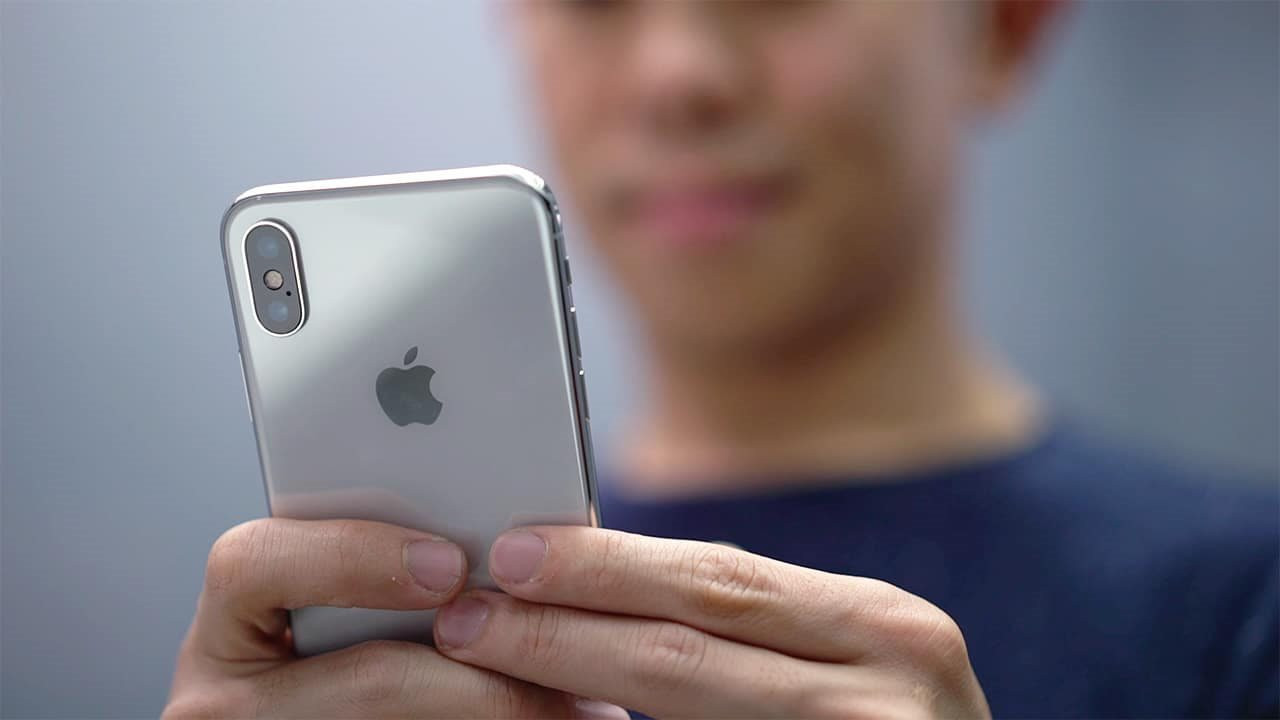
A Glitch During the iPhone X Event
During the launch of the iPhone X in 2017, Apple encountered a hiccup while introducing the Face ID facial recognition feature. The demonstration failed to unlock the device as intended. Apple quickly clarified that the issue occurred because Face ID had attempted to authenticate multiple faces during the setup process before the presentation began.
As multiple employees had handled the device during preparations, Face ID failed to recognize Craig Federighi’s (Apple’s software chief) face when he took the stage. After a few unsuccessful attempts, the device defaulted to requesting a passcode, as per iPhone’s security mechanism.

Craig Federighi, Apple’s Software Chief, Explaining the Face ID Glitch at the 2017 Event
While the issue was promptly addressed using a backup device that functioned as expected, the incident gained widespread attention and became a meme-worthy moment on social media. It also sparked concerns among users about the practicality of Face ID. Apple reassured that Face ID would be disabled after two failed attempts, unlike Touch ID, which requires a passcode after five unsuccessful tries.
The Sophistication of Face ID
Face ID utilizes the TrueDepth camera system to scan over 30,000 infrared dots on a user’s face, creating a 3D map that is then converted into secure data stored in the Secure Enclave, a dedicated processor in Apple devices designed to protect sensitive information.

Face ID Utilizes the TrueDepth Camera System to Scan 30,000+ Infrared Dots
When a user attempts to unlock their device or authenticate their identity, Face ID compares the current facial data with the stored data. Thanks to machine learning algorithms, Face ID can adapt to changes in appearance, such as growing a beard or wearing glasses, while ensuring security by disabling itself if the laser system is compromised.
Face ID is currently considered the most secure authentication method on smartphones, offering convenience and supporting various services like Apple Pay, financial transactions, app unlocking, and secure utilities. In 2021, post the COVID-19 pandemic, Apple introduced the ability to scan faces even while wearing a mask.

Face ID Made Its Debut on the iPhone X in 2017
The Face ID technology is expected to evolve further, with rumors suggesting it could be integrated under the screen in the iPhone 17 Pro and later models. However, technical challenges might delay this implementation, leaving users waiting a few more years to experience this innovation.
Leaked iPhone 16 Battery Capacity: 2 Good News and 1 Bad News
The upcoming iPhone 16 is expected to come in four versions: iPhone 16, iPhone 16 Plus, iPhone 16 Pro, and iPhone 16 Pro Max.








































